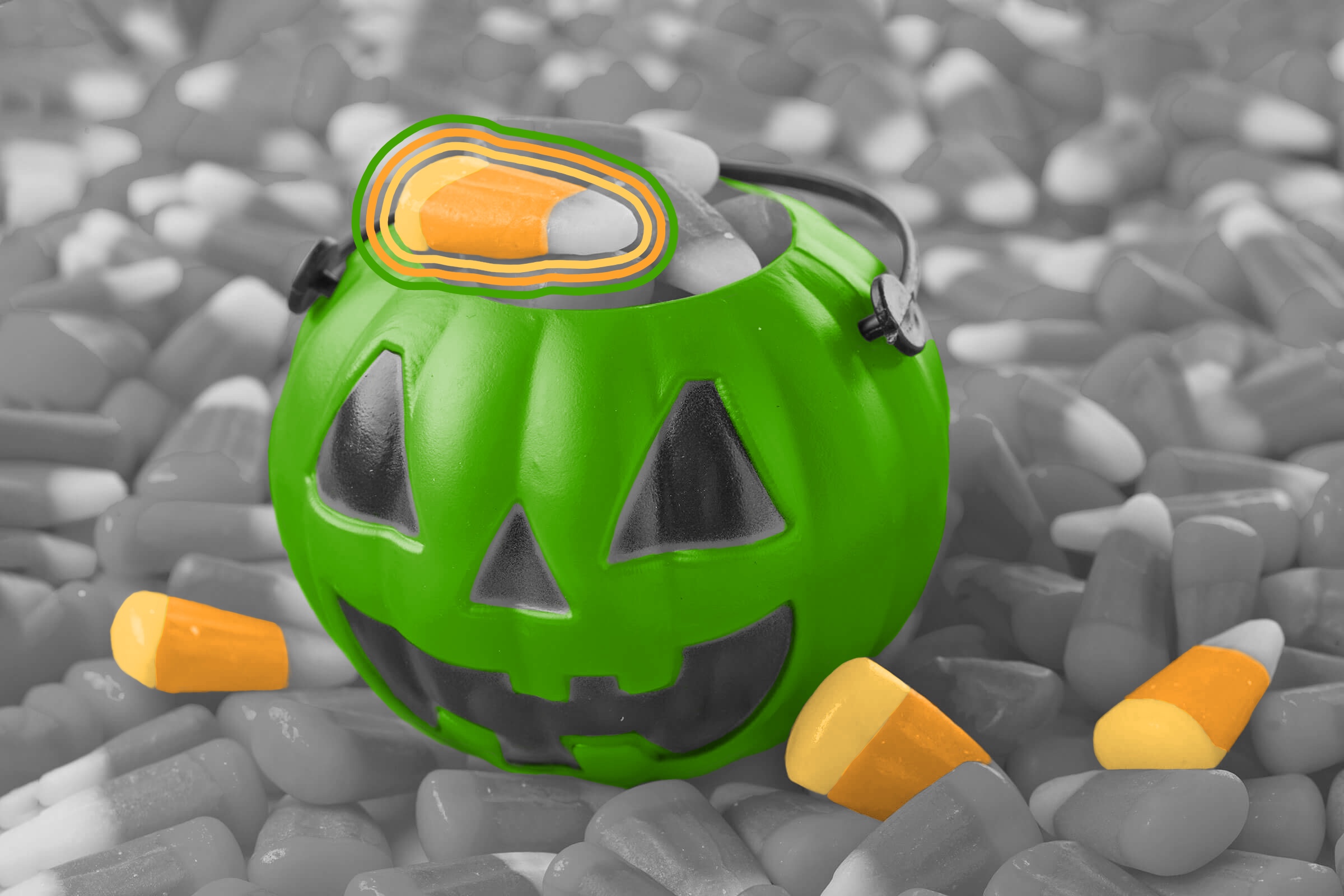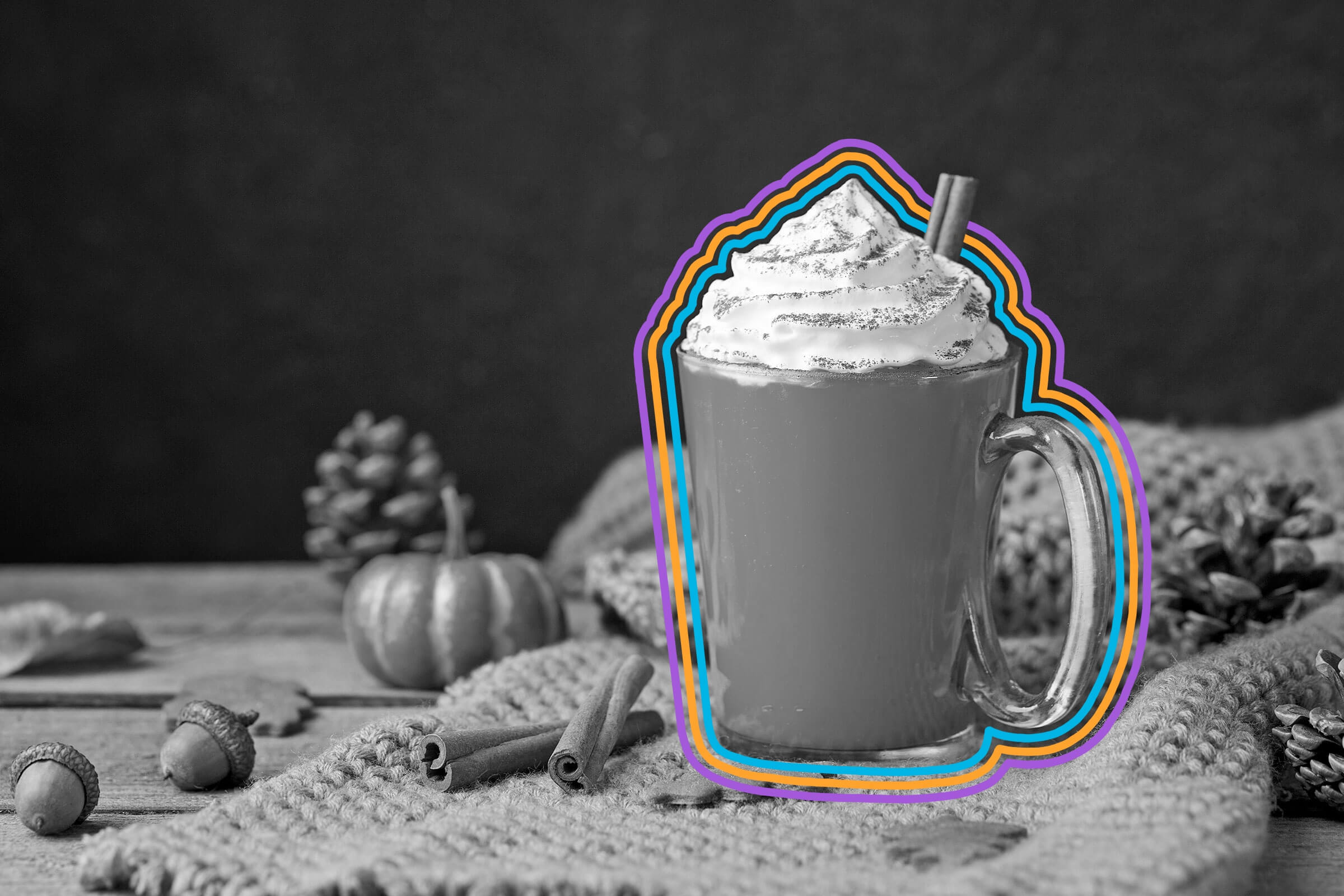
Candy corn was originally called “Chicken Feed.”
Candy corn may be the most maligned confectionary — it’s rare that the tricolored treat ever tops the list of beloved Halloween candies. Yet somehow it returns with flair each fall, an unyielding symbol of the season. While the waxy, triangular kernels have essentially remained the same since their creation in the 1880s, one thing has changed about candy corn: its name. In its earliest years, candy corn was called “Chicken Feed,” a catchy name appealing to rural Americans during a time when nearly half the country’s population worked on farms.
Not much is known about candy corn’s origin, though credit for its creation often goes to the Wunderle Candy Company, a Philadelphia venture that first produced the candy during the 1880s. However, another manufacturer — the Goelitz Confectionary Company, which would grow into the modern Jelly Belly Candy Company — further popularized the treat around 1898, designing packaging featuring a rooster and the tagline “Something worth crowing for.” By then, the treat was called “candy corn.” At a time when most real corn was planted for animal feed, candy corn was a novelty play on the idea that corn could actually be enjoyable for humans.
Making the miniature kernels was a time- and labor-intensive process done entirely by hand. Workers called “runners” walked backward along a conveyor belt packed with cornstarch molds, lugging buckets filled with a hot, sugary slurry that slowly dripped out through a hole. Each pass contributed one of the candy’s iconic yellow, orange, and white layers, which cooled into shape. Today, the process is nearly entirely mechanized and much faster, allowing candy corn factories to produce about 9 billion of the kernels each fall, just in time for seasonal snacking.
It’s usually hard to find a bag of candy corn on store shelves before September rolls around, and the treat typically disappears right after Halloween, but it wasn’t always that way. For decades after its invention in the 1880s, candy corn was an everyday snack, available year-round as “penny candy” for purchase cheaply and in bulk. However, making the treat was laborious, so manufacturers often crafted it in large batches between March and November, creating a stockpile that flooded candy shops for the fall and winter holidays. During the 1920s, advertisers marketed the treat as a top candy for Christmas and New Year’s celebrations. That changed during the 1950s, when Halloween and trick-or-treating became more widespread. As the Halloween holiday became linked with candy, confectioners began advertising candy corn as the perfect October 31 treat, linking the kernels to autumn and eventually changing the time of year we nibble on the mellowcreme triangles.

